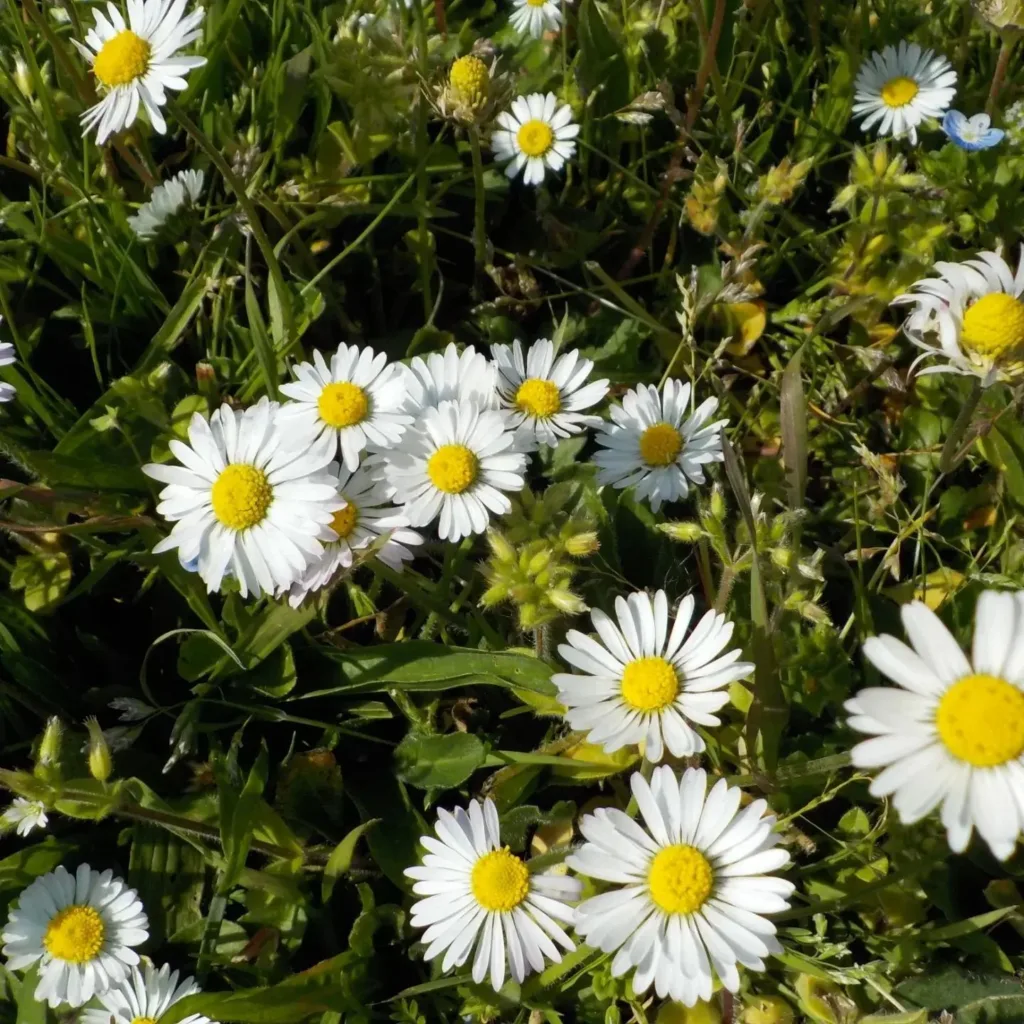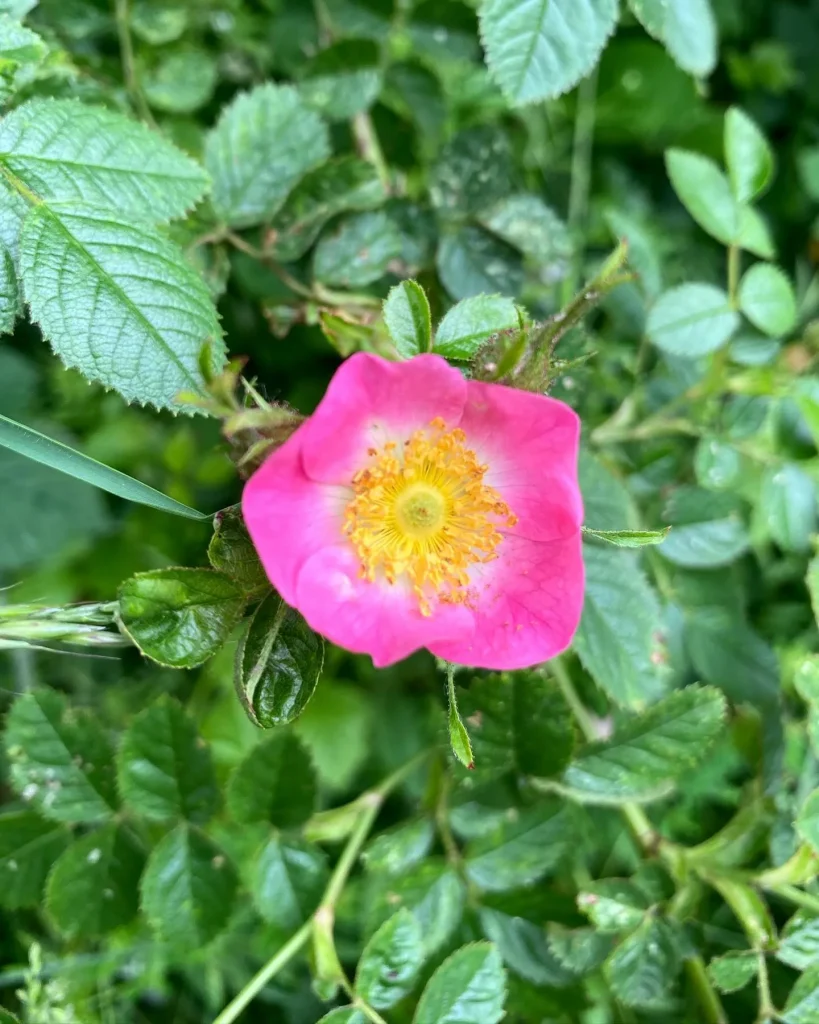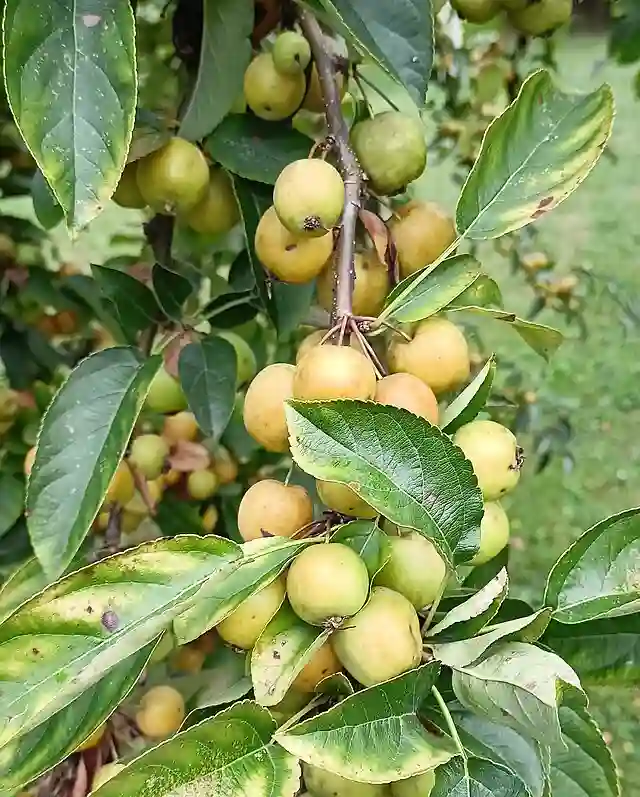Dirca Palustris: A Leathery-Leaved Enigma
For years, Dirca palustris, also known as Leatherwood or Eastern Leatherwood, has captivated me. This fascinating shrub, native to eastern North America, stands out with its unique characteristics. Today, I want to delve into the world of Dirca palustris, addressing some of the most common questions I’ve encountered and exploring its place in the botanical world.
What is Dirca Palustris?
Dirca palustris belongs to the Thymelaeaceae family, a group known for their often-vibrant flowers and smooth bark. Leatherwood, however, breaks the mold. Its most striking feature is its supple, leathery leaves, earning it the namesake “Leatherwood.” These leaves remain green throughout most of the year, adding a touch of evergreen resilience to the landscape.
In late winter or early spring, Dirca palustris comes alive with a display of unusual, drooping bell-shaped flowers. These brownish-yellow flowers lack petals and have a waxy texture, adding to the plant’s unconventional charm. Interestingly, the flowers emit a faint, honey-like fragrance, attracting pollinators like bees despite their muted colors.
Leatherwood vs. Witch Hazel: Separating Lookalikes
Dirca palustris is often confused with Witch Hazel (Hamamelis virginiana). Both plants share a similar flowering time and habitat preference. However, upon closer inspection, key differences emerge.
- Leaves: Leatherwood’s leaves are smooth, leathery, and elliptical, while Witch Hazel’s leaves are lobed and slightly veiny.
- Flowers: Leatherwood’s flowers are drooping, brownish-yellow, and lack petals. Witch Hazel boasts clusters of bright yellow, ribbon-like petals.
- Bark: Leatherwood’s bark is smooth and grayish-brown, while Witch Hazel’s bark is more textured and often develops ridges with age.
By keeping these distinctions in mind, you can easily differentiate between these two lookalikes.
Is Dirca Palustris Poisonous?
Yes, Dirca palustris is indeed poisonous. All parts of the plant, from the leaves to the bark and flowers, contain toxins that can cause serious illness if ingested. Symptoms of Dirca palustris poisoning can include nausea, vomiting, stomach cramps, and even paralysis.
It’s crucial to exercise caution around this plant, especially if you have children or pets. Consider planting it in areas with limited access and educate those around you about its toxicity.
Can Dirca Palustris Be Used Medicinally?
Despite its poisonous nature, Dirca palustris has a history of use in traditional medicine. Indigenous peoples in North America used various parts of the plant for treating skin ailments, rheumatism, and even snakebites. However, it’s important to remember that these uses haven’ t been extensively studied in modern scientific settings.
Due to the potential for serious side effects, self-treating with Dirca palustris is strongly discouraged. If you’re interested in exploring its potential medicinal properties, consult a qualified healthcare professional.
How to grow Dirca Palustris?
Dirca palustris can be a captivating addition to a shade garden. It thrives in moist, well-drained soils and tolerates partial to full shade. Here are some key points for cultivating Leatherwood:
- Propagation: Dirca palustris can be propagated through seeds or stem cuttings. However, seed germination can be slow and challenging.
- Watering: Water regularly, especially during the first growing season, to establish a strong root system. Once mature, Dirca palustris is fairly drought-tolerant.
- Pruning: Pruning is generally not necessary, but light shaping can be done in late winter or early spring before new growth emerges.
With proper care, Dirca palustris can grace your garden for decades, adding a touch of unique charm and winter interest.
The Allure of Dirca Palustris
Dirca palustris may not be a plant for everyone. Its lack of showy flowers and potential toxicity might deter some gardeners. However, for those seeking an unusual and conversation-starting addition to their landscape, Leatherwood offers undeniable allure. Its unique leathery leaves, fragrant winter flowers, and historical significance make it a truly captivating addition to any shade garden.
Remember, while Dirca palustris holds a certain mystique, it’s crucial to respect its poisonous nature. Admire it from afar, plant it responsibly, and leave any potential medicinal uses to qualified healthcare professionals.
If i die, water my plants!



